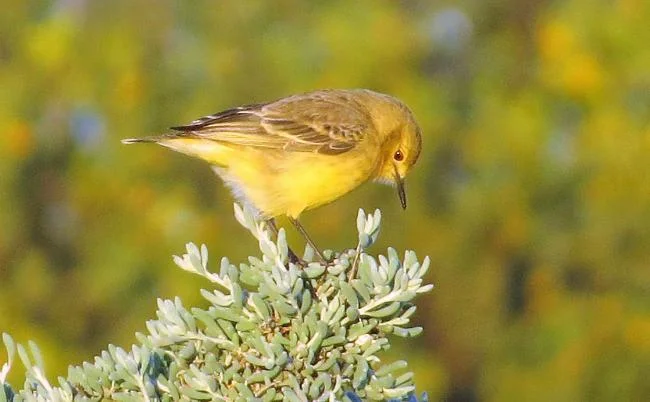In the bird world spring starts early. Although the weather remained icy until mid-September, our birds were well and truly gearing up for spring as soon as the winter solstice was out of the way. With local species nest building and becoming territorial, the various cuckoos need to be around and watching what is going on. This year’s influx has been significantly greater than normal. Particularly of Pallid and Black-eared Cuckoos which are present in high numbers.
And then in the third week of September the cold weather switched to a northerly air flow with strong winds and warm to hot conditions. Combined with dry conditions further inland we have encountered a significant influx of inland nomadic birds such as White-browed and Masked Woodswallows, Trillers and Songlarks, Black Honeyeaters and Orange Chats. Numbers of these species are higher than in many preceding years, a bumper spring has begun! Rarer migrants such as Red-backed Kingfishers and Pied Honeyeaters are already being seen in Victoria, and it’s still only September. Surely Crimson Chats are to follow, and who knows what else. Further afield Australian Pratincoles and Oriental Plovers are also making their way south so it’s quite possible some will get found in Vic in the near future.
October is typically the month with the greatest arrivals of summer migrants, so things will really be hotting up in the coming weeks. The widespread patches of Long-leaved Emubush found in the north west of Victoria tend to flower from October to December /January, and attract the nomadic Honeyeaters to settle and breed. No doubt when this occurs White-fronted, Black and Pied Honeyeaters will be taking full advantage.
Meanwhile some late winter storms have produced some interesting seabird sightings offshore including flocks of White-fronted Terns which may be seen into October. An early invasion of Scarlet Honeyeaters across the southern and eastern coastline seems to suggest that this species increase in Victoria is set to continue.

